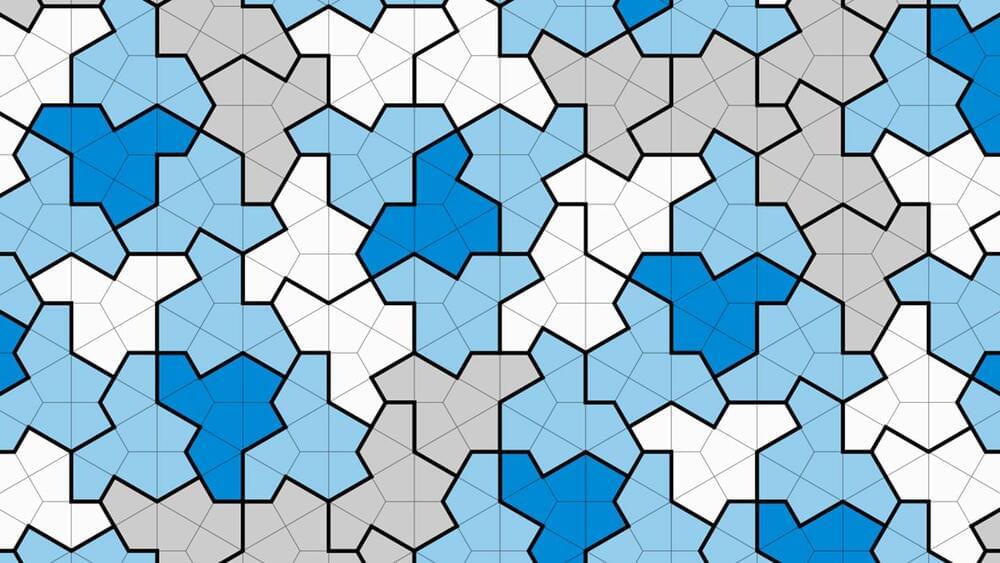(TB) is a disease caused by bacteria that attacks the lungs. Skin tests, blood tests, and x-rays can tell if you have TB. Learn more.
In 2018, Musk wanted to take charge of OpenAI to beat Google but others opposed the move, putting Altman at the helm.
March 21 (Reuters) — Two organic compounds essential for living organisms have been found in samples retrieved from the asteroid Ryugu, buttressing the notion that some ingredients crucial for the advent of life arrived on Earth aboard rocks from space billions of years ago.
Scientists said on Tuesday they detected uracil and niacin in rocks obtained by the Japanese Space Agency’s Hayabusa2 spacecraft from two sites on Ryugu in 2019. Uracil is one of the chemical building blocks for RNA, a molecule carrying directions for building and operating living organisms. Niacin, also called Vitamin B3 or nicotinic acid, is vital for their metabolism.
The Ryugu samples, which looked like dark-gray rubble, were transported 155 million miles (250 million km) back to Earth and returned to our planet’s surface in a sealed capsule that landed in 2020 in Australia’s remote outback for analysis in Japan.
In a mind-warping milestone experiment, scientists have been able to manipulate small numbers of individual photons of light, opening doors for the development of quantum technologies. This research, published in the journal Nature Physics on March 20, describes how the researchers were able to make two photons of light interact and measure the difference between these interacting photons and a single photon.
A treatment that enables human beings to live to the age of 150 could be available within the next five to 10 years, one of the world’s most eminent plastic surgeons has claimed. Dr Steven Cohen, who specialises in complex aesthetic facial and regenerative surgery, believes the results of studies and advances in the medical sphere could soon pave the way to extend our lives.
Get a Wonderful Person Tee: https://teespring.com/stores/whatdamath.
More cool designs are on Amazon: https://amzn.to/3wDGy2i.
Alternatively, PayPal donations can be sent here: http://paypal.me/whatdamath.
Hello and welcome! My name is Anton and in this video, we will talk about a potential discovery of a new way to generate energy using an unusual protein found in bacteria.
Links:
https://theconversation.com/electricity-from-thin-air-an-enz…ere-200432
https://www.nature.com/articles/s41586-023-05781-7
#bacteria #energy #enzymes.
0:00 Source of electricity we currently use.
3:15 New discovery: incredible enzyme from bacteria.
4:07 More about the Mycobacterium.
5:20 Enzyme that they use to generate energy.
6:50 More about the protein and what it could do for us.
8:45 Additional questions.
Support this channel on Patreon to help me make this a full time job:
https://www.patreon.com/whatdamath.
Bitcoin/Ethereum to spare? Donate them here to help this channel grow!
bc1qnkl3nk0zt7w0xzrgur9pnkcduj7a3xxllcn7d4
or ETH: 0x60f088B10b03115405d313f964BeA93eF0Bd3DbF
Space Engine is available for free here: http://spaceengine.org.
Enjoy and please subscribe.
Twitter: https://twitter.com/WhatDaMath.
A new class of dynamical instabilities generated by a stable photonic lattice Hamiltonian and stable dissipative pairing interaction is sensitive to wavefunction localization and allows selective excitation and entanglement of pure topological photonic edge states with minimal resources.
Gene therapy has been headline news in recent years, in part due to the rapid development of biotechnology that enables doctors to administer such treatments. Broadly, gene therapies are techniques used to treat or prevent disease by tweaking the content or expression of cells’ DNA, often by replacing faulty genes with functional ones.
The term “gene therapy” sometimes appears alongside misinformation about mRNA vaccines, which include the Pfizer and Moderna COVID-19 vaccines. These vaccines contain mRNA, a genetic cousin of DNA, that prompts cells to make the coronavirus “spike protein.” The vaccines don’t alter cells’ DNA, and after making the spike, cells break down most of the mRNA. Other COVID-19 shots include the viral vector vaccines made by AstraZeneca and Johnson & Johnson, which deliver DNA into cells to make them build spike proteins. The cells that make spike proteins, using instructions from either mRNA or viral vector vaccines, serve as target practice for the immune system, so they don’t stick around long. That’s very, very different from gene therapy, which aims to change cells’ function for the long-term.
Summary: Researchers have developed a new 3D, high-resolution model of the CA1 area of the human hippocampus.
Source: Human Brain Project.
A new high-resolution model of the CA1 region of the human hippocampus has been developed by the Institute of Biophysics of the Italian National Research Council (CNR-IBF) and University of Modena e Reggio Emilia (UNIMORE), part of the Human Brain Project.
After half a century, mathematicians succeed in finding an ‘einstein,’ a shape that forms a tiled pattern that never repeats.









